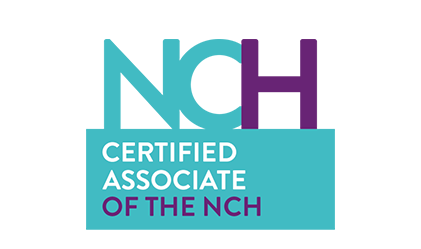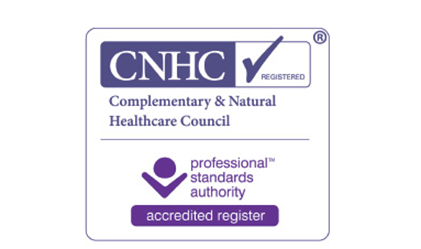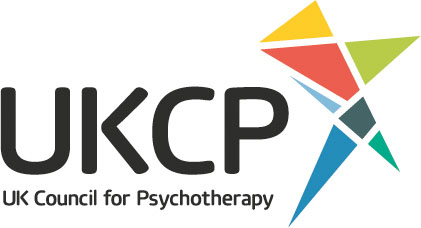There is a common misconception that psychotherapy is a process in which an expert therapist gives advice to a novice client. In reality, the complete opposite is true. You are the expert of your own experience.
As your therapist, I meet you where you are with the utmost respect, compassion and curiosity about your lived experience up to this point, providing a warm, empathetic and safe environment where you can feel truly free and comfortable to be yourself without fear of judgement.
Everyone is entirely unique, and therefore there is no standard technique or process of working with clients. As an Integrative therapist, I have trained in a variety of approaches and draw upon these to tailor your therapy to suit you.
All the approaches and techniques I use are evidence-based and underpinned by neuroscience, specifically neuroplasticity – the brain’s ability to rewire and reorganise.













